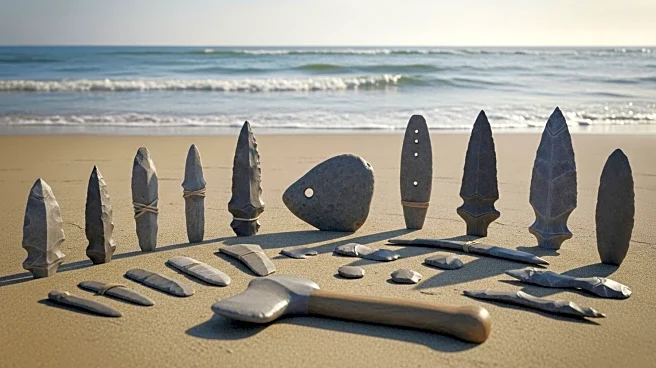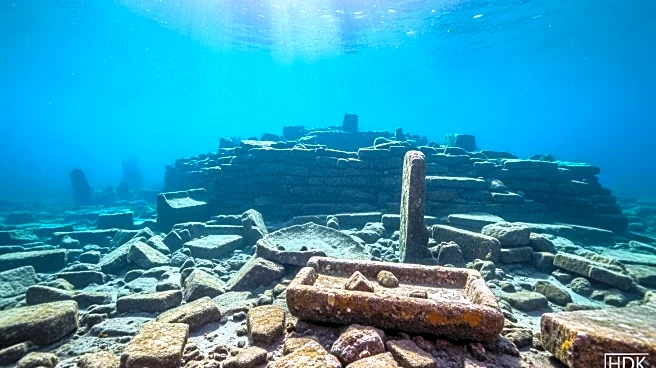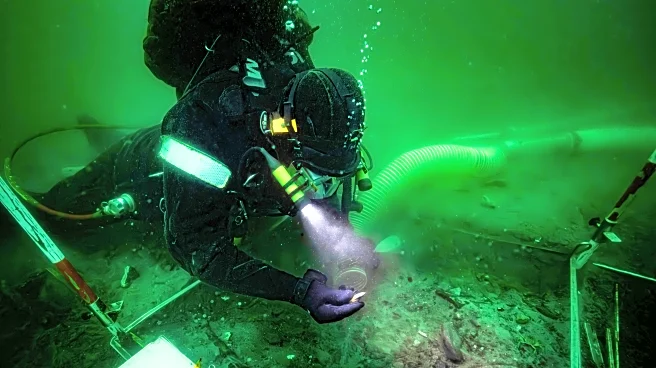Rapid Read • 7 min read
Archaeologists have discovered a Stone Age settlement submerged by rising sea levels in the Bay of Aarhus, Denmark. The site, located 26 feet below the water, is part of a $15.5 million international project funded by the European Union to map submerged landscapes in the Baltic and North Seas. Led by underwater archaeologist Peter Moe Astrup, the team has uncovered animal bones, stone tools, and other artifacts preserved in an oxygen-free environment. The project aims to explore sunken Northern European landscapes and uncover lost Mesolithic settlements as offshore wind farms and other sea infrastructure expand.
AD
The discovery offers insights into how ancient societies adapted to environmental changes, particularly rising sea levels. As modern-day climate change continues to impact global sea levels, understanding historical adaptations can inform current strategies for dealing with similar challenges. The preservation of artifacts in an oxygen-free environment provides a unique opportunity to study the materials and tools used by Stone Age communities, potentially leading to new archaeological methods and findings. Additionally, the project highlights the importance of international collaboration in addressing complex environmental and historical research questions.
Further excavations are planned in the Bay of Aarhus and off the coast of Germany, with additional work scheduled at two locations in the North Sea. Researchers will continue to use dendrochronology to date submerged tree stumps and build a picture of historical sea level changes. The findings may contribute to broader discussions on climate change adaptation and the preservation of cultural heritage in the face of environmental shifts.
The project not only sheds light on ancient human adaptation but also raises questions about the ethical implications of underwater archaeology and the preservation of submerged cultural heritage. As offshore wind farms expand, balancing technological advancement with the protection of historical sites becomes increasingly important.
AD
More Stories You Might Enjoy











